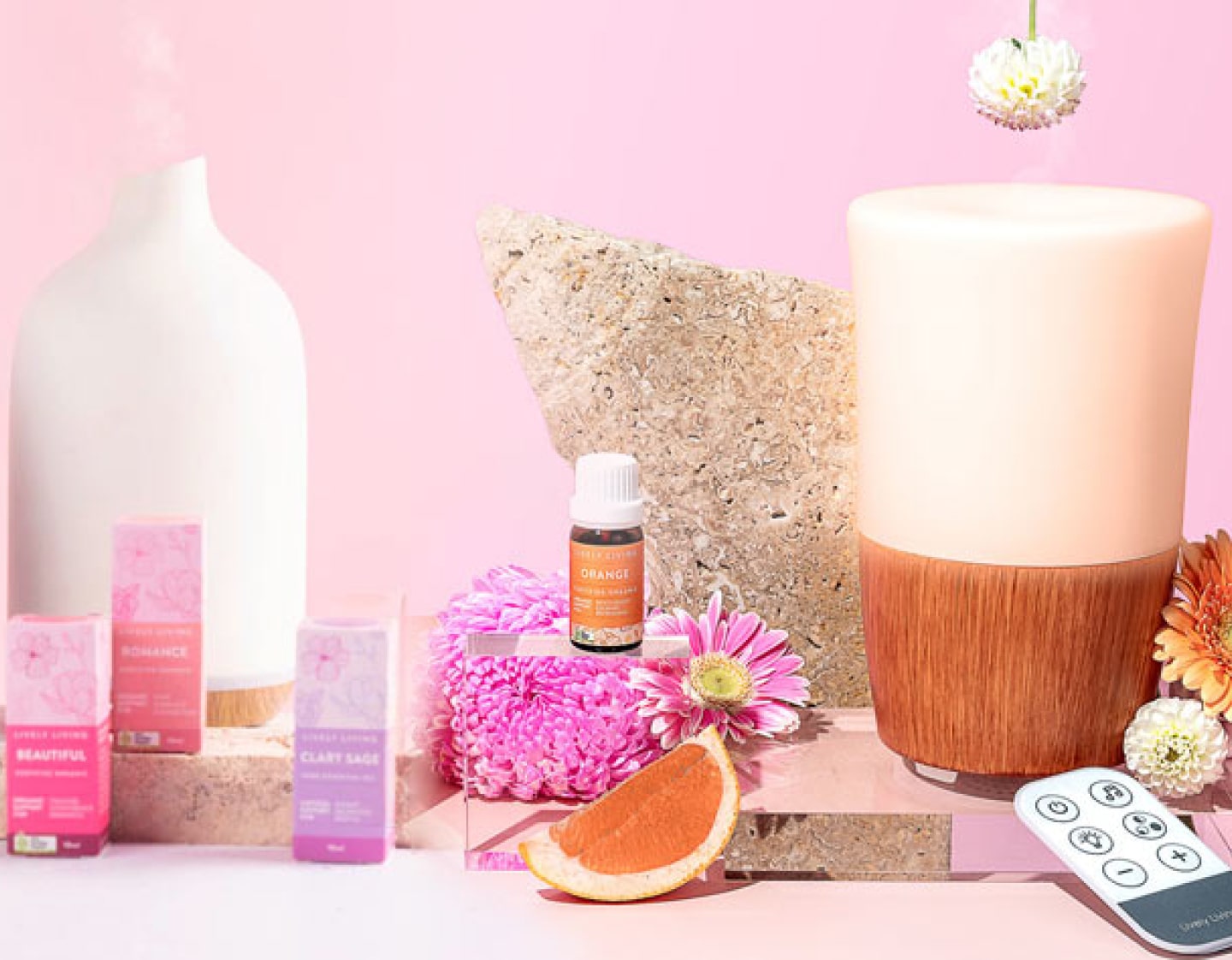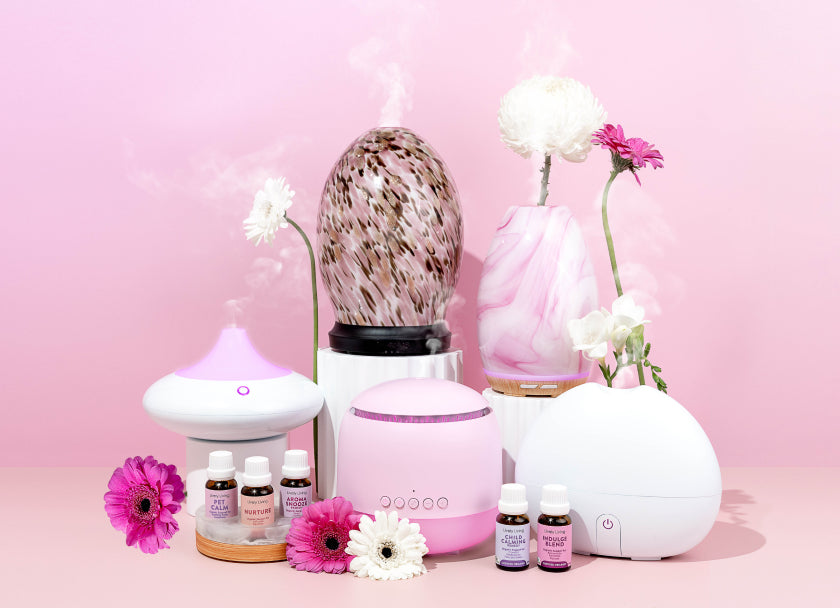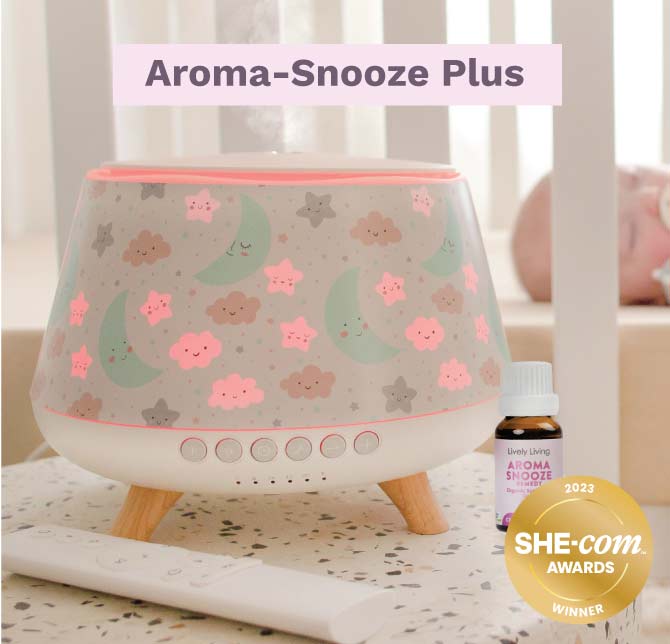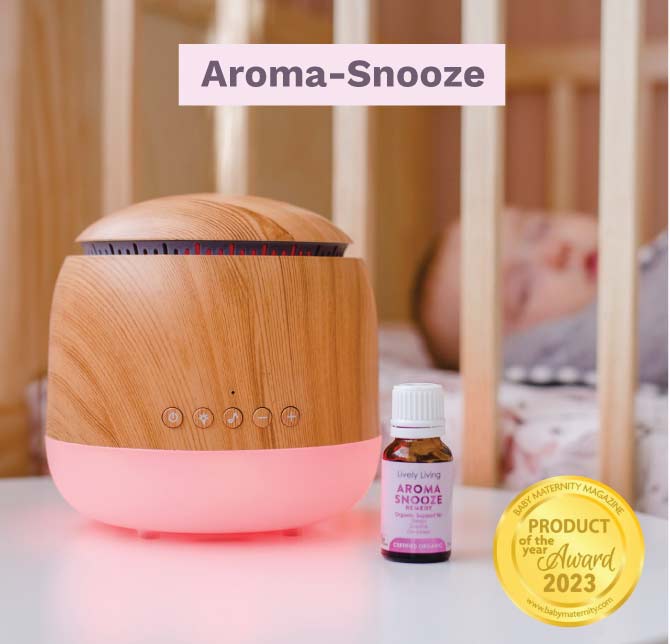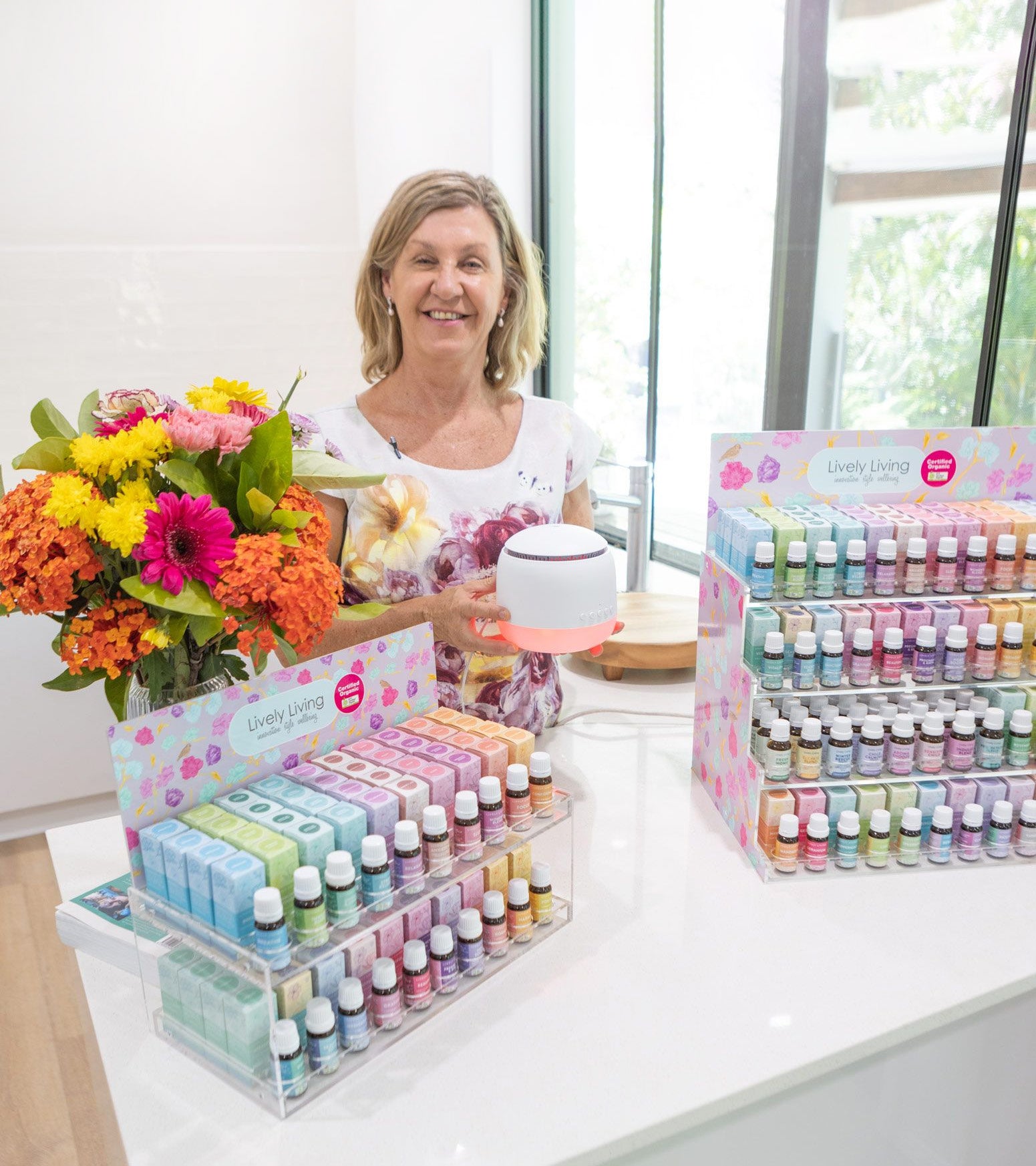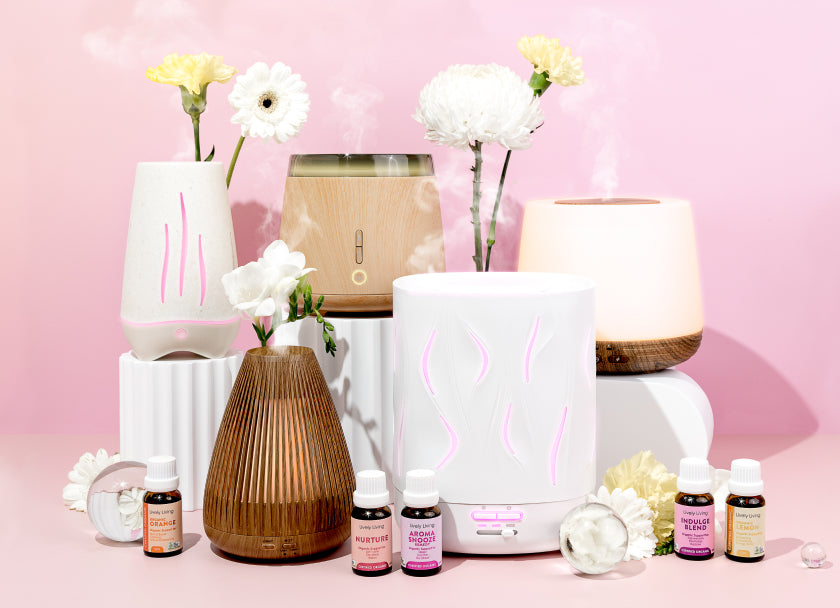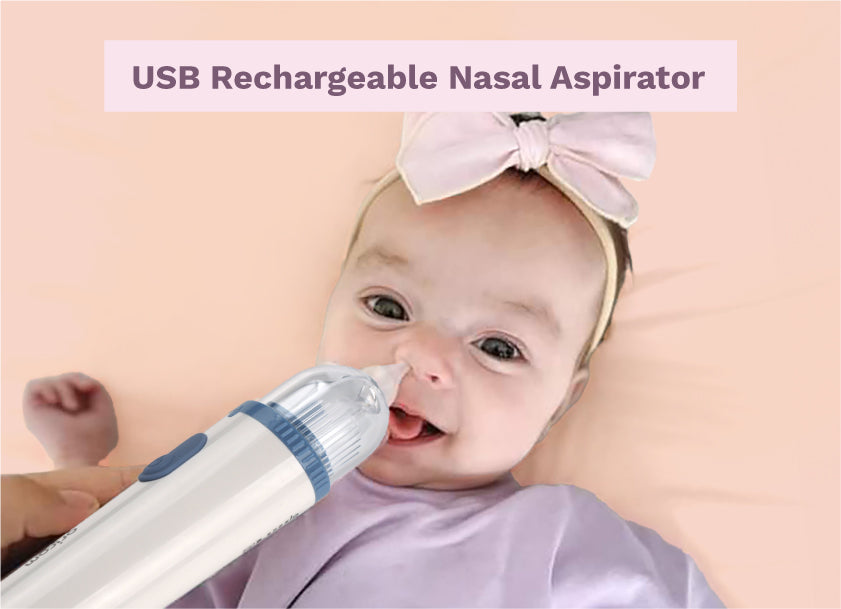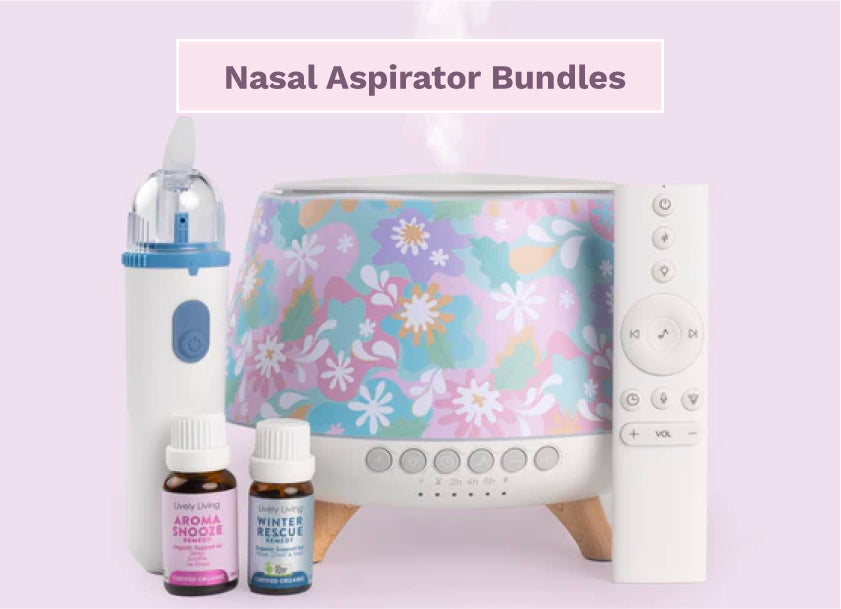Practical Tips for Using Essential Oils in the Home
So, you're curious about bringing essential oils into your home? That's wonderful. It feels like everyone is talking about them lately, and you might be wondering how to actually use oils effectively and safely. Finding good, practical tips for using essential oils in the home can make all the difference between feeling overwhelmed and feeling confident.
Maybe you've bought a starter kit, or perhaps a friend gifted you a bottle of lavender oil. Now it sits there, looking pretty, but you're not quite sure what to do next. Don't worry, you're definitely not alone in this.
These little bottles hold concentrated plant goodness, and learning how to harness that power takes a bit of know-how. We'll walk through some simple, helpful tips for using essential oils in the home.
Table of Contents:
- Understanding the Basics First
- Safety First. Essential Oil Precautions
- Great Tips for Using Essential Oils in the Home
- Choosing the Right Oils for Your Home
- Avoiding Common Mistakes
- Conclusion
Understanding the Basics First
Before we jump into the fun stuff, let's cover what essential oils actually are. They're highly concentrated compounds extracted from plants – think flowers, bark, stems, leaves, or roots. Getting these oils involves processes like steam distillation, water distillation, or cold pressing, capturing the plant's natural fragrance and beneficial properties, as explained by organizations like NAHA.
People use essential oils essential oils at home for lots of reasons. Many enjoy creating a specific atmosphere with certain scents, making their space feel calmer or more uplifting, aiming for a home smelling fresh. Others incorporate them into their cleaning routines for a natural approach, moving away from harsh chemicals.
One really important point is quality, especially when using oils essential. Not all oils are created equal. Since these are potent substances, you'll want to look for pure, high-quality oils from reputable sources; note essential oils quality matters.
Check labels for the botanical name, country of origin, extraction method, and purity information. Be wary of unusually low prices, which could indicate adulteration or dilution with synthetic fragrances. You can often find information about sourcing and third-party testing on company websites, helping you choose great essential oil products.
Safety First. Essential Oil Precautions
Because essential oils are so concentrated, using them safely is super important. Think of them like potent ingredients in a recipe – using small amounts often goes a long way. Misusing them can lead to skin sensitivity, irritation, or other unwanted reactions, especially with undiluted oils.
Dilution is probably the most critical safety rule, especially if an oil might touch your skin. This means mixing the essential oil with a carrier substance, like coconut oil, jojoba oil, sweet almond oil, or even a simple vegetable oil from your kitchen. Carrier oils help spread the essential oil safely over the skin and reduce the risk of irritation or adverse reactions.
General dilution guidelines often suggest a 1-2% dilution for regular adult use on the skin (roughly 6-12 essential oil drops per ounce of carrier oil). For facial applications or for those with sensitive skin, a lower dilution of 0.5-1% is often recommended. Always start low, especially with new oils essential oils.
Before using a new diluted oil more widely, always do a patch test. Apply a tiny amount to a small area of skin, like your inner forearm. Wait 24 hours to see if any redness, itching, or irritation develops; this is particularly important if you have skin sensitive conditions or are prone to reactions.
Keep essential oils away from sensitive spots. This includes your eyes, the inside of your ears, and any broken, damaged, or inflamed skin. If you accidentally get oil in your eyes, flush immediately with a carrier oil (like olive or coconut oil), not water, and seek medical advice if irritation persists.
You also need extra caution around certain groups. Children have more sensitive skin and developing systems, so dilutions need to be much lower (often 0.25-0.5%), and some oils (like peppermint essential oil or certain eucalyptus oils) should be avoided altogether for young children. Many essential oils are toxic to pets, especially cats, even when diffused; always research specific oils carefully and keep them away from animals.
If you're pregnant or breastfeeding, consult with a healthcare professional or a certified aromatherapist before using essential oils, as some may not be safe during this time. Certain oils might also interact with medications or existing health conditions, like high blood pressure; people with high blood concerns should be cautious with oils like rosemary or sage. Always consult your doctor if you have pre-existing conditions.
Storing your oils correctly helps them last a long time and stay safe. Keep them in their original dark glass bottles (usually amber or cobalt blue) to protect them from light degradation. Store them in a cool, dark place, away from direct sunlight and heat sources, with the caps tightly sealed to prevent oxidation.
Great Tips for Using Essential Oils in the Home
Alright, now for the practical applications. There are so many ways to incorporate these aromatic wonders into your daily life. Here are some favorite tips for using essential oils in the home effectively.
Tip 1: Diffusion for Aroma and Mood
This is probably the most popular way to use essential oils at home. An essential oil diffuser or aromatherapy diffuser disperses tiny oil particles into the air, filling your room with natural fragrance. Diffusing essential oils is a great way to influence the atmosphere of your space.
Different types of oil diffusers work in different ways. Ultrasonic diffusers use water and electronic vibrations to create a fine mist. Nebulizing diffusers use pressurized air to atomize the pure essential oil without water, providing a more potent scent but using oil faster. Other options include simple evaporative diffusers (like a fan blowing over a pad with oil drops) and passive reed diffusers, which use reeds to slowly disperse scent.
You can choose oils based on the mood you want to create. Try Lavender essential oil or Chamomile for relaxation in the evening to promote a good night sleep or calm mind. Use lemon oil, sweet orange, or peppermint oil for an energizing boost during the day or to improve focus. Studies, like those investigating Lavender, have explored aromatherapy's effects on mood and stress.
Remember your room size – a large room might need a stronger oil diffuser or longer diffusion time than a small space to disperse scent effectively. It's also a good idea to diffuse intermittently (e.g., 30-60 minutes on, then off) rather than constantly, especially if you have pets or sensitive individuals in the house. This helps prevent olfactory fatigue (where you stop noticing the scent) and minimizes potential overexposure.
Tip 2: Creating Natural Cleaning Solutions
Many essential oils possess properties that make them great additions to homemade cleaners. Oils like tea tree oil (also known as melaleuca or tree oil), lemon essential oil, eucalyptus oil, Thyme, and Pine are often cited for their cleaning power, partly due to their natural constituents shown in some research on antimicrobial activity.
Making your own cleaner is easy. For an all-purpose spray, mix distilled water and white vinegar (equal parts) in a glass spray bottle (avoid plastic if possible, as oils can degrade it over time). Add about 15-20 essential oil drops total (try 10 drops lemon essential and 10 drops tea tree oil) per cup of liquid. Shake well before each use, as oil and water naturally separate.
You can also make a simple glass cleaner with water, vinegar, and a few drops lemon oil or sweet orange oil. For scrubbing power, add baking soda to a paste with water and a few drops of peppermint oil or eucalyptus oils. Some people also add a small amount of natural liquid soap to their DIY sprays for extra cleaning capability.
Always wear gloves when handling concentrated cleaning solutions or working with larger amounts of essential oils. Be sure to test your DIY cleaners on an inconspicuous area first, as vinegar or certain oils might affect some surfaces like natural stone or unsealed wood. Using essential oils effectively in cleaning provides a fresh scent without synthetic chemicals.
Tip 3: Freshening Fabrics and Spaces
Tired of artificial air fresheners that just mask odors? Essential oils offer a wonderful natural fragrance alternative, helping your home smell fresh. Create a simple room spray by adding 10-15 total essential oil drops of your favorite oil (like lavender essential or Grapefruit) to a small spray bottle filled mostly with distilled water. Adding a teaspoon of vodka, witch hazel, or even rubbing alcohol can help the oil and water mix better and disperse scent more evenly.
Give your laundry a boost by adding a few oil drops to wool dryer balls before tossing them in with your clothes; this gently scents fabrics as they dry. You can also add oils directly to unscented laundry detergent before washing. Lemon essential oil or Eucalyptus oil work well for a fresh, clean scent.
To refresh carpets or rugs, mix about 15-20 drops of essential oil (Peppermint essential or Lavender essential oil work nicely) with one cup of baking soda. Sprinkle the mixture lightly over the carpet, let it sit for 15-30 minutes to absorb odors, and then vacuum it up thoroughly. This is also a great trick for deodorizing pet bedding areas.
Need to tackle stinky shoes? Place a cotton ball with a few drops of tea tree oil or lemon oil inside each shoe overnight. The baking soda trick mentioned for carpets can also work wonders inside shoes.
Tip 4: Simple Topical Applications (Safely.)
Remember that dilution rule we talked about? It's crucial here. Never apply undiluted essential oils directly to your skin to avoid skin sensitivity issues. Always mix them with one of the many available carrier oils first.
Common carrier oils include fractionated coconut oil, jojoba oil, sweet almond oil, grapeseed oil, olive oil, and even basic vegetable oil. Each carrier oil has slightly different properties and absorption rates. For example, jojoba oil is very similar to the skin's natural sebum, while coconut oil offers moisturizing benefits.
Add a few drops of a skin-friendly oil like Lavender essential or Frankincense to your favorite unscented body lotion or a chosen carrier oil. This can be lovely for a relaxing massage or just moisturizing your skin. A 1% dilution (about 6 drop essential oils per ounce of carrier) is a good starting point for body application.
Make easy roller blends for convenient application on the go. Get empty roller bottles online or at health stores. Fill mostly with a carrier oil, then add 5-10 total oil drops (like diluted Peppermint oil for temples, or a calming blend like Lavender and Clary Sage for wrists). Pop the roller top on, shake gently, and it's ready to use.
A relaxing foot soak or a hot bath is another great essential way to unwind. Add 5-8 drops of oil like Peppermint essential or Eucalyptus oil (for tired feet) or oil lavender (for relaxation), first mixed thoroughly with a tablespoon of carrier oil or Epsom salts, to warm water. Always disperse oils properly before getting in the bath to avoid having concentrated drops sitting on the water's surface, which could irritate sensitive skin.
Tip 5: Dealing with Household Odors
Essential oils can be fantastic natural deodorizers, helping keep things smelling fresh. Put a few drops of Lemon oil, a purification blend, or Lemongrass oil on cotton balls. Tuck these cotton balls into closets, drawers, garbage cans, diaper pails, or anywhere prone to mustiness or stale odors.
Create a pleasant aroma and combat cooking smells with a stovetop simmer pot. Fill a small saucepan with water, add a few essential oil drops (like sweet orange and Clove or Cinnamon), maybe toss in some citrus peels or whole spices, and let it simmer gently on the lowest heat setting. Keep an eye on the water level, adding more warm water as needed.
Some essential oil blends are specifically formulated to neutralize odors rather than just mask them. These often contain oils like Citronella, Lemongrass, Tea Tree oil, or Eucalyptus oils. Diffusing essential oils like these is a great essential method to tackle persistent smells from pets, cooking, or smoke.
A few drops of lemon essential oil or tea tree oil added to the baking soda at the bottom of a trash can can make a big difference. You can also place a cotton ball with odor-fighting oils inside your vacuum cleaner bag or filter to freshen the air as you clean.
Choosing the Right Oils for Your Home
With so many essential oils essential oils available, where do you start? A few versatile oils form a great essential oil foundation for home use. Lavender essential oil is famous for its calming scent, great for bedrooms, relaxation, and promoting a restful night sleep.
Lemon essential oil is bright, uplifting, and excellent for cleaning and deodorizing. Peppermint oil is energizing and good to improve focus; it's also useful in cleaners and can help you breathe easier when diffused (use cautiously around young children). Tea Tree oil (Melaleuca) is a powerhouse cleaner known for its purifying properties and is often used for spot treatments (diluted.).
Eucalyptus oil is clearing and refreshing, often used for respiratory support via diffusion or steam inhalation (again, caution with kids) and in cleaning blends. Sweet Orange oil offers a cheerful, sweet citrus scent and is another great deodorizer and cleaner. Clary Sage is known for its ability to help calm mind and balance emotions.
Think about the scents you naturally gravitate towards. Do you prefer floral notes like Lavender essential or Geranium? Maybe fresh citrus oils like Lemon oil or Bergamot appeal more. Or perhaps you enjoy woodsy smells like Cedarwood or Pine, earthy ones like Patchouli, or spicy notes like Clove or Cinnamon.
Consider your purpose too. Are you primarily looking for oils to clean with? Focus on Tea Tree oil, Lemon essential, Eucalyptus oils, or Pine. Want oils to help you unwind? Look at Lavender essential oil, Chamomile, Bergamot, Clary Sage, or Frankincense. Need an energy boost or to improve focus? Try Peppermint oil, Lemon oil, Grapefruit, or Rosemary.
Here's a quick table summarizing some popular choices:
| Essential Oil | Common Home Uses | Primary Scent Profile |
|---|---|---|
| Lavender Essential Oil (Lavandula angustifolia) | Relaxation, night sleep aid, calming aroma, skin support (diluted), linen spray | Floral, herbaceous, sweet |
| Lemon Essential Oil (Citrus limon) | Cleaning, deodorizing, mood lifter, degreaser, air freshener | Citrus, bright, clean |
| Peppermint Oil (Mentha piperita) | Energy boost, improve focus, cleaning, cooling sensation (diluted), freshen breath (indirectly, e.g., diffusion) | Minty, sharp, refreshing |
| Tea Tree Oil (Melaleuca alternifolia) | Cleaning, purifying air, spot treatment (diluted), odor neutralizer, dealing with stinky shoes | Medicinal, herbaceous, camphoraceous |
| Eucalyptus Oil (Eucalyptus globulus/radiata) | Cleaning, respiratory support (diffusion), help breathe easier, deodorizer | Camphoraceous, sharp, airy |
| Sweet Orange (Citrus sinensis) | Mood booster, cleaning, deodorizer, air freshener | Citrus, sweet, cheerful |
| Clary Sage (Salvia sclarea) | Calm mind, emotional balance, relaxation | Earthy, herbaceous, slightly floral |
Remember to always check specific safety precautions for any oil you choose, especially if using around children, pets, or individuals with health conditions.
Avoiding Common Mistakes
As you explore essential oils essential, it's easy to make a few missteps. One big one is applying undiluted oils directly to the skin – please always dilute with carrier oils first. This minimizes the risk of irritation, sensitization, or even burns with certain 'hot' oils like Cinnamon or Clove.
Another common issue is people thinking oils are safe to ingest just because they are natural. Internal use requires extensive knowledge and guidance from a qualified professional aromatherapist or healthcare provider experienced in this area; casual ingestion can be very dangerous according to poison control centers and aromatherapy experts like the Tisserand Institute.
Be aware of photosensitivity. Some essential oils, especially cold-pressed citrus oils like Bergamot, Lemon essential oil, Lime, and Grapefruit, can make your skin much more sensitive to sunlight and UV rays after topical application. Avoid direct sun exposure or tanning beds on treated areas for 12-24 hours after applying these oils to prevent serious burns or skin discoloration.
Sometimes, enthusiasm leads to overuse. Remember that essential oils are potent, and you usually only need small amounts – often just a few essential oil drops. Start with fewer drops lemon or drops peppermint in your diffuser or blend and see how it goes; you can always add more if needed.
Too much oil, especially when diffusing essential oils in a small, poorly ventilated space, can cause headaches, nausea, or feel overwhelming. Note essential: less is often more. Allow fresh air breaks when diffusing for a long time.
Finally, listen to your body. Everyone reacts differently to scents and substances. If an oil doesn't smell pleasant to you or if you experience any adverse reaction (like a headache, breathing difficulty, or skin sensitivity), stop using it immediately. There are plenty of other great essential oil options to try.
Conclusion
Bringing essential oils into your home can be a really enjoyable and rewarding experience. From creating a welcoming, natural fragrance with an oil diffuser to tackling cleaning naturally, they offer many possibilities for enhancing your living space. Hopefully, these tips for using essential oils in the home give you the confidence to start exploring safely and using oils effectively.
Always prioritize quality oils from trusted sources, follow safety precautions like dilution and patch testing, and be mindful of vulnerable individuals and pets. Pay attention to how your body responds and choose the favorite essential oils and applications that work best for you. Enjoy the journey of discovering how these potent plant extracts can contribute positively to your household with these tips for using essential oils in the home.

